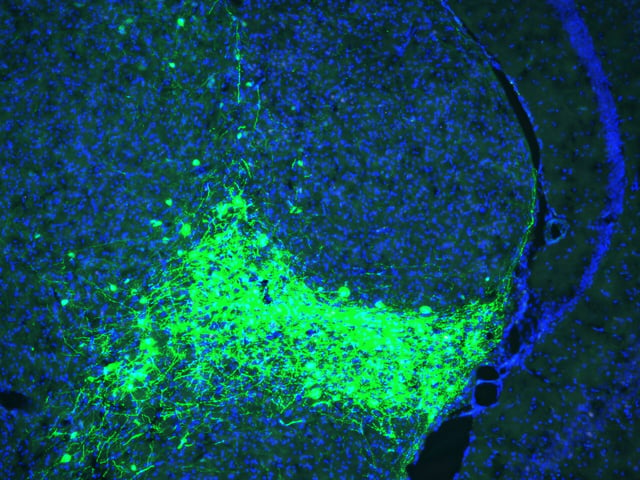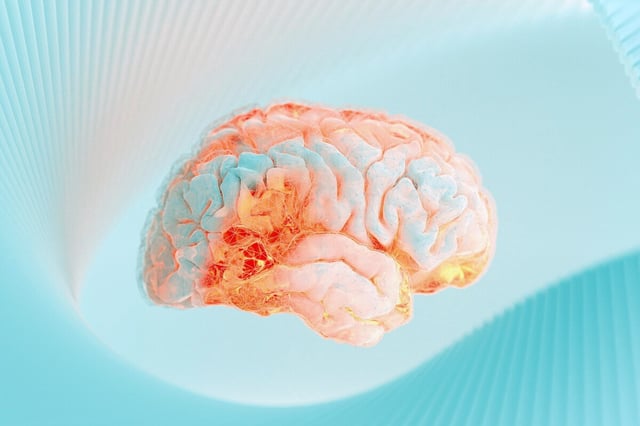Overview
- A newly identified spinothalamic circuit in mice shows CGRP-expressing neurons in the parvocellular subparafascicular thalamus projecting directly to the amygdala to encode pain’s emotional component.
- Genetic silencing of these CGRP neurons preserved sensory pain responses while eliminating learned fear and avoidance behaviors in treated mice.
- Optogenetic activation of the CGRP pathway induced distress and conditioned avoidance in the absence of any physical pain stimulus.
- Single-cell transcriptomic profiling revealed that the CGRP thalamic neurons express multiple genes linked to migraine and other chronic pain conditions.
- Researchers intend to repurpose existing migraine drugs that block CGRP and advance studies to translate this pathway as a therapeutic target for human chronic and psychiatric pain.

